Your basket is currently empty!
Category: Articles

What’s the Matter with Fast Fashion and Why Bother?
In recent years, the term “fast fashion” has gained notoriety, shedding light on the dark underbelly of the clothing industry. But what exactly is fast fashion, and why should we be concerned? You can read about its history here but in this post, we’ll delve into the detrimental impacts of fast fashion. Additionally, we’ll explore how Vestya Shop is differentiating itself from this harmful trend, offering a sustainable alternative for conscientious consumers.
Fast fashion refers to the rapid production of high volumes of clothing, designed to mirror catwalk trends and celebrity looks. Brands like Zara, H&M, and Shein churn out new collections weekly, encouraging consumers to buy more, wear less, and discard often.
Fast fashion is a model of the global system built on overproduction, environmental disregard, and exploitative labour. While it promises affordability and style, the real cost is far greater than the price tag.
Fast fashion isn’t free. Someone, somewhere is paying.
– Lucy Siegle, Journalist and AuthorEnvironmental Impact
- Fashion is now the second-largest consumer of water globally, a major contributor to pollution, and a driver of unsustainable consumer habits. If we continue down this path, by 2050, the fashion industry could consume 25% of the world’s carbon budget (Ellen MacArthur Foundation).
- Fast fashion contributes to water pollution, with the World Bank reporting that textile dyeing is the second largest polluter of clean water globally. Also, many garments are made from synthetic fibers like polyester, which take 200+ years to decompose and release microplastics into our waterways.
- The industry produces 10% of global carbon emissions, more than all international flights and maritime shipping combined (UNEP, 2019).
- The Ellen MacArthur Foundation estimates that the fashion industry consumes more energy than the aviation and shipping industries combined, contributing to climate change and environmental degradation.
- One cotton T-shirt can use up to 2,700 litters of water to produce—the equivalent of what one person drinks in 2.5 years.
Waste and Disposal
- Fast fashion encourages a culture of disposability, with the average consumer now purchasing 60% more clothing compared to 2000, but keeping each garment for half as long, according to McKinsey & Company.
- Over 100 billion garments are produced globally each year, with 92 million tons of clothing ending up in landfills annually (Earth.org, 2023).
- The Environmental Protection Agency (EPA) estimates that 16 million tons of textile waste are generated in the United States alone each year, with the majority ending up in landfills or incinerators.
Human Rights and Labor Exploitation
- The International Labour Organization (ILO) reports that an estimated 170 million children are engaged in child labour, with many working in the garment industry in developing countries.
- Sweatshop conditions, characterized by long hours, low wages, and unsafe working conditions, are prevalent in many fast fashion supply chains, as highlighted by numerous investigative reports and documentaries.
The fashion industry is a major contributor to the destruction of the planet, and it is our responsibility to take action.
– Stella McCartney, Fashion DesignerBut there’s good news: We can choose differently. The power lies in our decisions. Fast fashion is a system. But systems can be changed and at Vestya, we’re proud to be part of the solution! Here’s how we’re challenging the fast fashion status quo:
Made Only When You Order
Unlike fast fashion, we don’t overproduce or stockpile. Our print-on-demand model ensures that every item is made only when it’s ordered, drastically reducing waste and unsold inventory.
Eco-Friendly Materials
We choose textiles with low water impact and high sustainability standards, such as:
- 100% organic cotton: Grown without harmful chemicals and with far less water.
- Recycled fabrics: Including polyester made from plastic bottles and cotton from post-production waste.
- All garments are GOTS 5.0 certified, vegan, and printed with water-based inks.
Transparency and Ethics
We work exclusively with TPOP, a French supplier known for their ethical and ecological practices, plastic-free packaging, and use of carbon-neutral postal services.
Giving Back to Nature
We go a step further by donating 15% of each sale to Movimento Gaio, a local environmental group that restores native forests and reclaims biodiversity in Portugal.
Support for Artists & Conscious Creators
We collaborate with independent designers and artists, providing them a platform to share their vision. Our goal is to offer more than clothing—we want to create a community of conscious creators and consumers.
🌿
In conclusion, the detrimental impacts of fast fashion are undeniable, encompassing environmental degradation, human rights abuses, and excessive waste. However, by choosing brands like Vestya Shop, consumers can make a positive difference. With our commitment to sustainability, ethical production, and conscious consumption, we offer a better alternative for those who seek to align their values with their fashion choices. Together, we can reshape the fashion industry and create a more sustainable future for all.
* Featured photography by Fernando Matoso
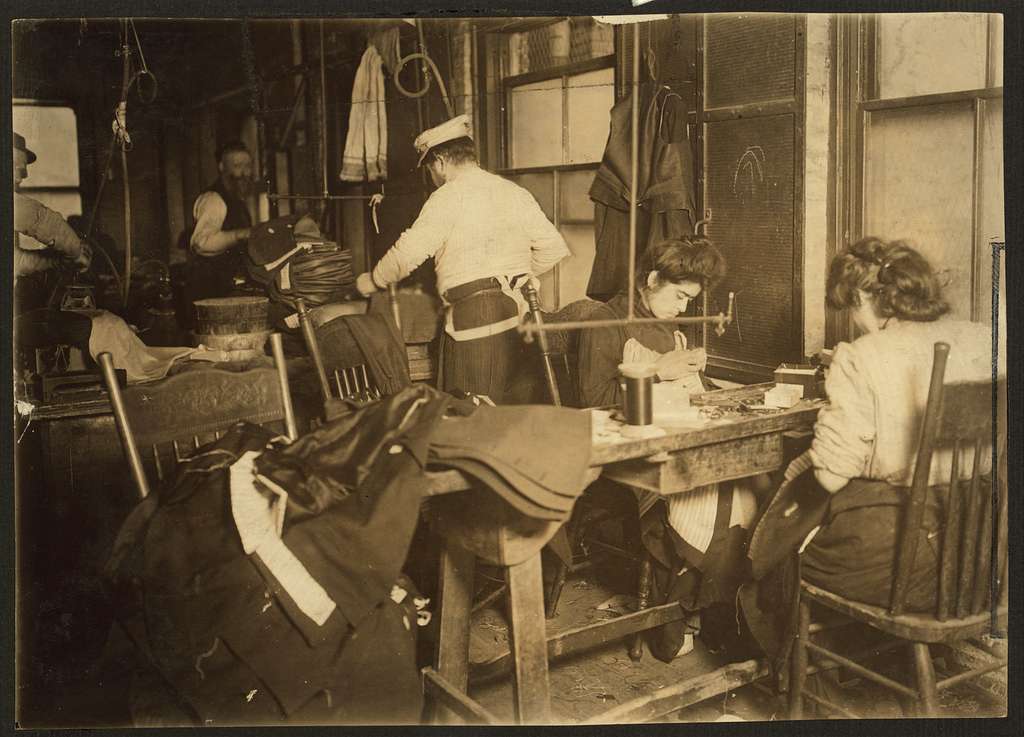
The History of Fast Fashion
The history of fast fashion can be traced back to the late 19th and early 20th centuries, but its modern form emerged in the late 20th century and has since become a dominant force in the global fashion industry. Here’s a brief overview of the history and key developments of fast fashion:
Early Origins
The earliest factories for producing clothing emerged in the late 18th century, coinciding with the Industrial Revolution, which saw the invention of machines like the water frame, sewing machine and the power loom, leading to the mechanization of the textile industry. This shift from hand-made clothing to mass production in factories was driven by the need for faster, cheaper, and more efficient production.
The advent of standard sizing in the 1880s and the rise of department stores in American cities further accelerated the trend of mass-produced clothing.
In the early 19th century, the need for ready-to-wear clothing for sailors, slaves, and miners spurred the initial production of mass-produced garments, laying the foundation for the later expansion and mechanization of the industry.
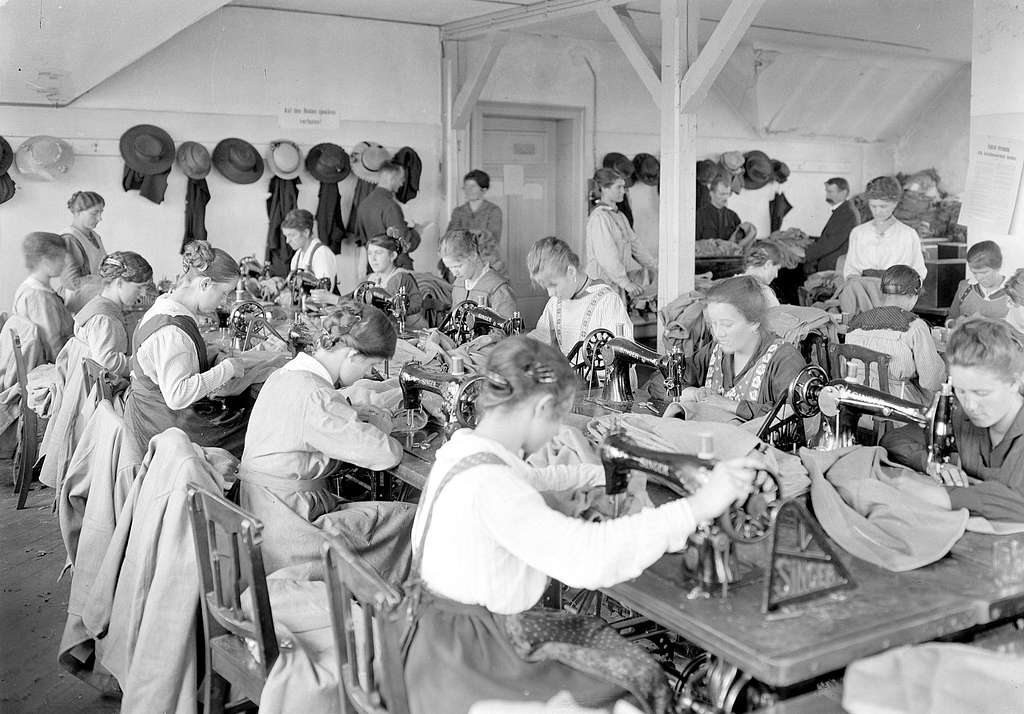
(1914 – 1918) Women at work in the army tailoring workshop. Source: Swiss Federal Archives Post-World War II (Late 1940s–1950s)
After World War II, many countries—especially in the West—entered a period of economic growth, industrial expansion, and rising consumerism. With wartime rationing over, people were eager to enjoy new goods and styles. Clothing production, which had been largely utilitarian during the war, began to focus again on aesthetics and personal expression.
Mass production of clothing expanded, especially in the U.S. and Europe, due to technological advancements and a growing middle class. Department stores and catalogues began offering affordable versions of high-end fashion, making style more accessible. Fashion began to shift from being seasonal and elite to being more trend-driven and responsive to youth culture, which was growing with the “baby boomer” generation.
The Democratization of Style (1960s–1970s)
The 1960s brought dramatic cultural shifts, civil rights movements, and a blossoming of youth subcultures. These decades marked the rise of “ready-to-wear” (prêt-à-porter) clothing, moving away from tailor-made or couture.
Youth fashion emerged as a powerful force, with trends changing rapidly. Music, art, and politics influenced style. Fashion houses and designers began creating lower-priced lines for the mass market.
The Mini Skirt, the Hippie movement, and the Punk era reflected rebellion and individuality—demanding faster style changes and responses from producers. Clothing production began to move to developing countries, where labor was cheaper—setting the stage for global outsourcing.
Birth of the Fast Fashion Blueprint (Late 1970s–1980s)
By the late 1970s, retailers started to notice that people were no longer buying clothing only when needed, but increasingly to follow fast-moving trends. This shift was accelerated by improved global logistics and air freight, allowing faster turnaround of stock and shorter supply chains; Retail chains like Zara (founded 1975) and H&M (entered international markets in the late 70s) began to experiment with vertical integration—controlling both design and production to respond quickly to trends. Technology made design replication faster and cheaper. Retailers could now analyse sales data in real-time and adjust production accordingly.
Rise of Fast Fashion Chains
The 1980s and 1990s saw the emergence of fast fashion chains such as Zara, H&M, and Forever 21. These brands revolutionized the fashion industry by adopting a rapid production model that could quickly respond to changing trends and consumer demands. Fast fashion retailers focused on delivering affordable clothing collections inspired by high-end designer runway looks. They achieved this by streamlining their supply chains, outsourcing production to low-wage countries, and producing garments in large quantities.
Globalization and Outsourcing
The early 2000s witnessed the further globalization of the fashion supply chain, with fast fashion brands outsourcing production to countries with lower labor costs and less stringent regulations. This led to the expansion of garment manufacturing hubs in regions such as Asia, particularly China, Bangladesh, and Vietnam, where labor-intensive production could be carried out at scale and low cost, raising concerns about labor exploitation, poor working conditions, and environmental degradation in countries where garments were produced.
Expansion and Market Dominance
Fast fashion brands rapidly expanded their global presence, opening stores in major cities around the world and launching online retail platforms. Their affordable pricing, frequent turnover of inventory, and emphasis on trendy styles appealed to a broad consumer base. Fast fashion chains became some of the largest and most profitable companies in the fashion industry, exerting significant influence over consumer behavior and shaping the way people shop for clothing.
Rise of E-commerce
The 2000s saw the rapid growth of e-commerce, with the emergence of online retail giants such as Amazon, eBay, and Alibaba. Fast fashion brands capitalized on the growing popularity of online shopping by expanding their presence on digital platforms, offering convenient access to their collections and driving sales through online promotions and discounts.
Social Media and Influencer Marketing
The rise of social media platforms such as Instagram, Facebook, and YouTube transformed the way fashion trends are disseminated and consumed. Fast fashion brands leveraged influencer marketing and social media advertising to promote their products, engage with consumers, and create viral marketing campaigns that fueled demand for their clothing lines.
Fashion Week and Trend Cycles
The rise of Haute Couture emerged actually in the 1850s in Paris, with Charles Frederick Worth opening the first authentic haute couture house, using live models to present his creations in Paris, which later spread to other major fashion capitals as Fashion Week events in cities like New York, London, Milan, and Paris continued to shape trends and influence consumer preferences. Fast fashion brands capitalized on the rapid turnover of trends by quickly replicating runway looks and offering affordable versions to consumers, enabling them to stay on-trend without breaking the bank.
Digital Innovation and Technology
Advancements in digital innovation and technology, such as 3D printing, digital design tools, and virtual try-on experiences, transformed the fashion industry’s production processes and enhanced the online shopping experience for consumers. Fast fashion brands embraced these technologies to streamline operations, reduce costs, and offer personalized shopping experiences.
Sustainability and Ethical Concerns
The 2010s saw a growing awareness of the social and environmental impacts of fast fashion, prompting calls for greater transparency and sustainability in the industry. Documentaries such as “The True Cost” shed light on issues such as garment worker exploitation, textile waste, and environmental pollution, leading to increased scrutiny of fast fashion brands and their supply chain practices.
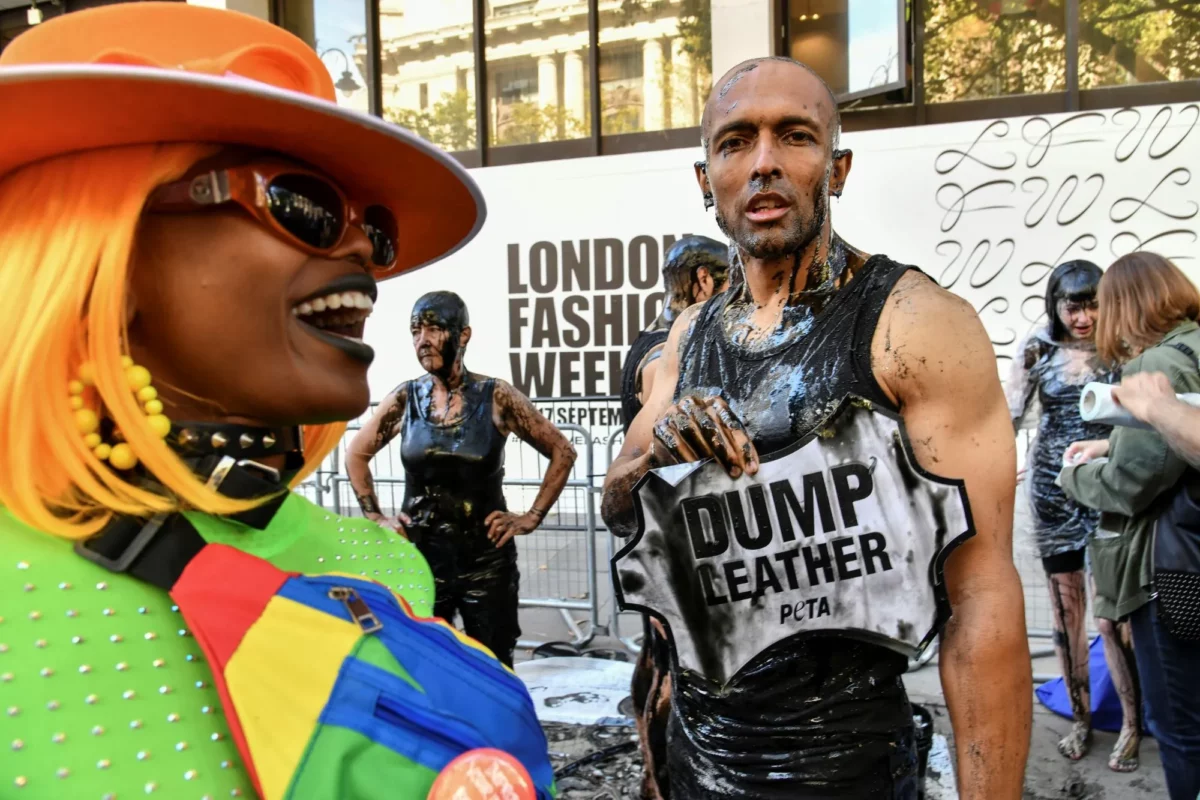
Protest at London Fashion Week, 2019. Photography by Fernando Matoso. Overall, the history of fast fashion reflects the evolution of consumer culture, manufacturing technology, and global supply chains in the fashion industry. While fast fashion has democratized access to trendy clothing, it has also raised important questions about its social and environmental consequences. As the industry continues to evolve, there is a growing movement towards more sustainable and ethical alternatives and in response to growing consumer awareness, some fast fashion brands have made efforts to improve their sustainability practices, such as implementing recycling programs, using eco-friendly materials, and adopting ethical sourcing policies.
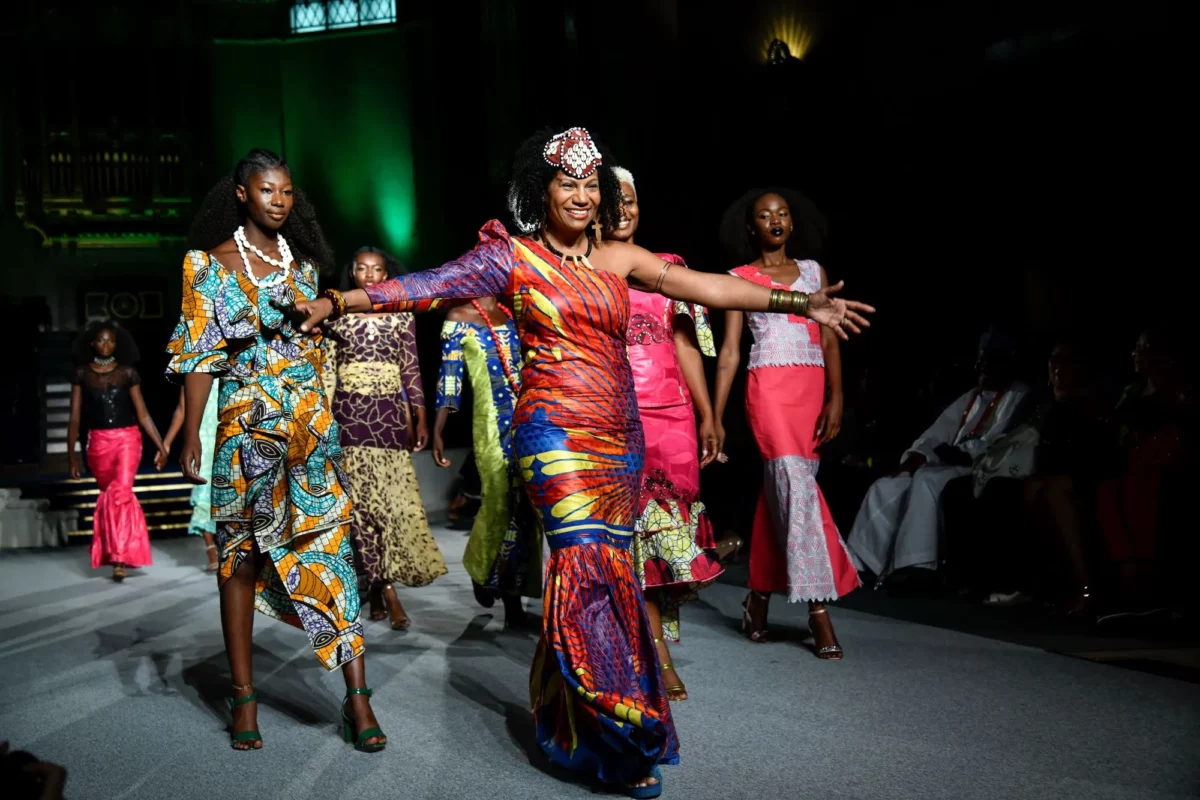
Africa Fashion Week, London, 2019. Photography by Fernando Matoso. Embracing Alternatives: A Future Beyond Fast Fashion
As awareness grows around the environmental and social consequences of fast fashion, a wave of conscious alternatives has begun to take root. Movements like slow fashion, upcycling, second-hand shopping, local production, and circular economy models are empowering consumers to make more thoughtful choices. Brands committed to transparency, ethical labour, and sustainable materials are redefining what fashion can be.
Vestya Shop is proud to be part of this shift. By offering print-on-demand clothing, produced only when ordered, using organic and recycled textiles, and supporting independent artists, we reduce waste, promote creativity, and prioritize our planet’s health. Our mission goes beyond selling clothes—we aim to spark dialogue, raise awareness, and co-create a more responsible fashion culture. Together, we can choose better, buy less, and wear our values.
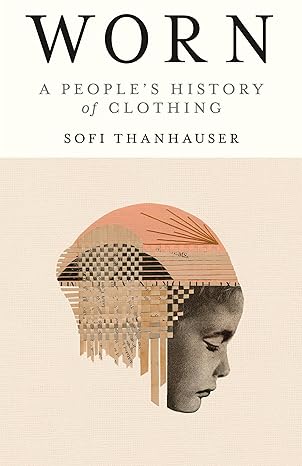
For a more in depth reading of the subject filled with interesting details, follow this link with excerpts or buy the book Worn: A People’s History of Clothing by Sofi Thanhauser.
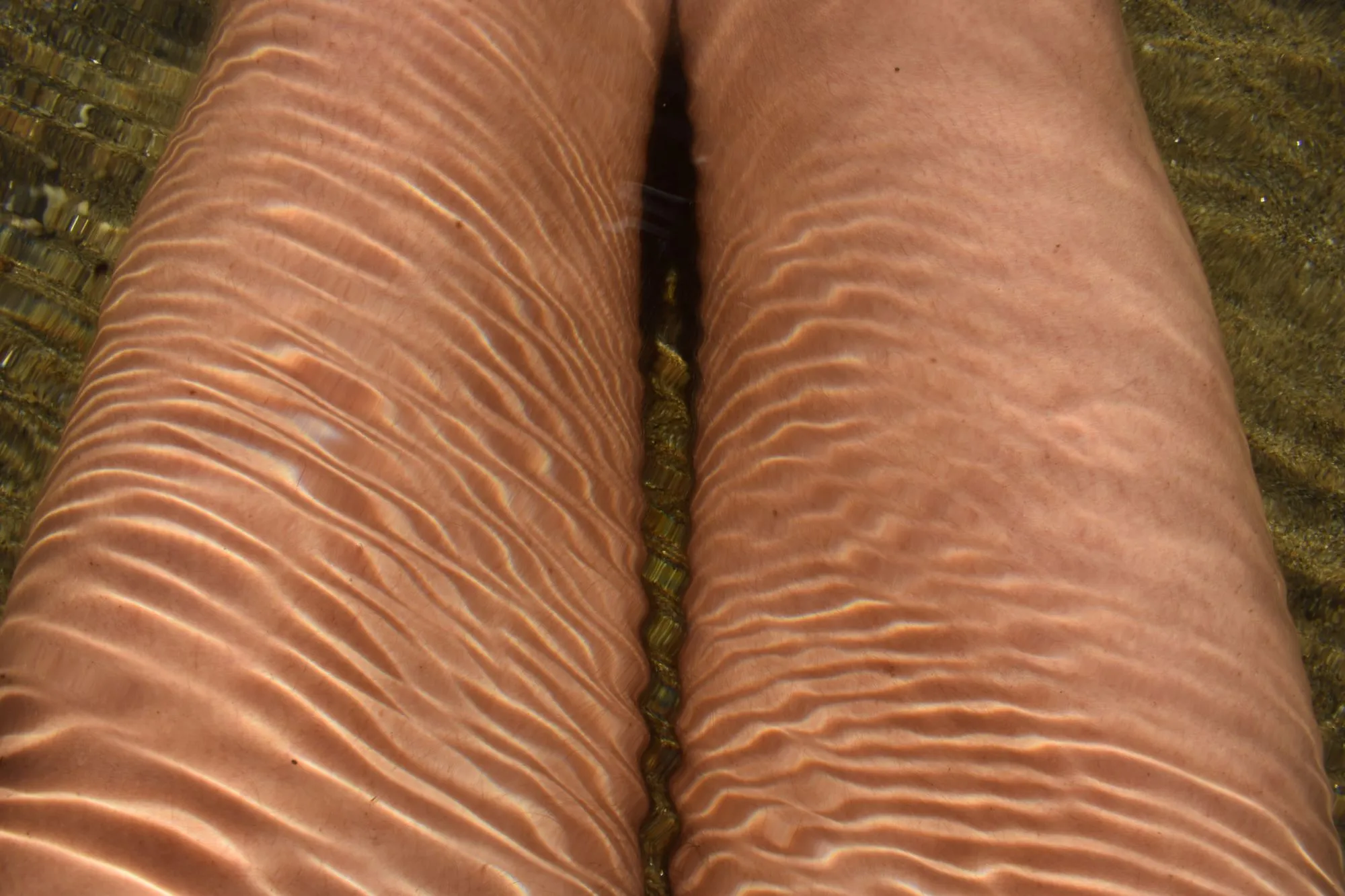
Fashion Industry Waste water Reflections
The fashion industry is accountable for approximately 4% of global freshwater withdrawals, uses up to 79 trillion litres of water annually and contributes to about 20% of the global industrial wastewater. Approximately 2700 litres of water are needed for one t-shirt, from the irrigation phase to the production and scientists estimate that textiles produce 35% of the microplastic pollution in the world’s oceans, which would make textiles the largest known source of marine microplastic pollution.
Despite various statistics, it is near impossible to accurately sum up fashion’s impact on water – this is not helped by a lack of transparency upstream of the value chain, not only challenging identification of impact but also the necessary actions. [1]
Problem Sources
There are many sources of pollutants in textile wastewater, from agricultural cultivation, cleaning of machines after use, textile pre-treatment, and laundering processes. In total, over 1900 chemicals have been identified that can be involved in textile production processes. [3] Below are just a few:
Cotton Farming
The most widely used natural fabric for clothing, cotton requires large amounts of water for irrigation and treatment, depleting local freshwater and groundwater resources. To increase the production required to fulfil this high demand, pesticides and fertilisers are often used to increase cotton output.
Synthetic Fabric Production
Wastewater from the production of synthetic fabrics, which requires 70 million barrels of oil per year, releases lead, arsenic, benzene and other pollutants into water sources.
Contaminated Wastewater
Fabric dying and treatment practices generate about 20 percent of the world’s wastewater. The textile finishing and dying process infuses many chemicals into the water, including oil, phenol, dyes, pesticides and heavy metals, like copper, mercury and chromium. The polluted water can make its way to nearby streams and groundwater and may then be used for irrigating crops, therefore contaminating food sources with carcinogenic chemicals.
Microfibre Pollution
Little visible but highly dangerous, the textile industry’s pollution of water sources with microfibres (tiny synthetic fibres) has worried environmentalists all over the world, especially since these can spread across rivers and oceans. Some studies have estimated that up to 85 percent of human-made pollution on shorelines is from microfibres, while others have warned that half a million tonnes of microfibres are discarded into the oceans annually. These fibres are released not only during the production process, but also after purchasing, when clothes are worn and washed. Microfibre pollution from synthetic materials can take hundreds of years to decompose and can disrupt underwater ecosystems. In fact, traces of microfibres from synthetic sources, like polyester and nylon, have been found in fish and other seafood destined for human consumption.
Solution Resources
Below are some of the actions found in our research:
Sustainable Cotton Farming
The World Wildlife Fund has started the Better Cotton Initiative, which seeks to promote sustainable cotton farming that minimises its impact on the environment. The enterprise assists farmers in sustainable water management, reducing agrochemical use and promoting decent work environments. Shopping from retailers that source their cotton from certified organic cotton vendors can help promote sustainable farming and reduce their own impact on the environment.
Sustainable Materials
To reduce their environmental impact, consumers should choose garments made of natural fibres that require less water in the manufacturing process, such as linen or organic cotton, and when possible, reduce the purchase of synthetic fibres that release microfibres, such as nylon and polyester. Customers can look for clothing with certifications of limited chemical content, such as OEKO_TEXⓇ or GOTS.
Reduce Consumption and Production
While fashion is a powerful method of self-expression and the fashion industry has been integral to economic growth and development, the current rates of consumption and production cannot continue without exacerbating the dangerous consequences for the environment. Consumer culture should shift towards long-term use of quality garments, repairing or donating older garments and purchasing second-hand clothing. On the production side, companies will have to decouple themselves from the expectation of rampant growth and focus instead on providing quality products that stay in style longer. [2]
Our Choices
Vestya Shop is conscious about these problems and we aim to be part of the change so we are committed to search, promote and implement solutions that help minimise the impact of the fashion industry in our environment. That was the main reason for us to choose a Print on Demand business model in opposition with the mass production that has characterised the commercial sector, and more precisely the fashion sector, until now.
In our catalogue we offer products made of two different types of ecological textiles:
100% organic cotton
Characterised by a healthy culture requiring a much more reasonable water consumption (on average 40 litres for a T-shirt compared with 2700 litres in non organic cotton),
Recycled textiles
In the midst of the whirlwind of unbridled consumption that the textile industry represents today, recycled cotton and polyester embody – ironically – a breath of fresh air. The principle? Conceive textile consumption as a circular process, by reusing fibres from clothing scraps (in the case of recycled cotton) or by transforming non-renewable materials like plastic bottles into (recycled polyester).
And all our products are printed on the textile using water-based inks, 100% eco-certified by OEKO-TEX® ECO PASSPORT and by the very serious GOTS 5.0 label, and are VEGAN.
We are always looking for better alternatives and ways to improve, so if you have any suggestion, please get in touch!
[1] Fashion’s Water Consumption and Pollution https://globalfashionagenda.org/news-article/world-water-day-2022-fashions-water-consumption-and-pollution/
[2] How the fashion industry pollutes our water https://www.fairplanet.org/story/how-the-fashion-industry-pollutes-our-water/
[3] The Environmental Impacts of Fast Fashion on Water Quality: A Systematic Review – https://www.mdpi.com/1563662
[4] Our – real – environmental commitments https://www.tpop.com/en/our-real-environmental-commitments/
